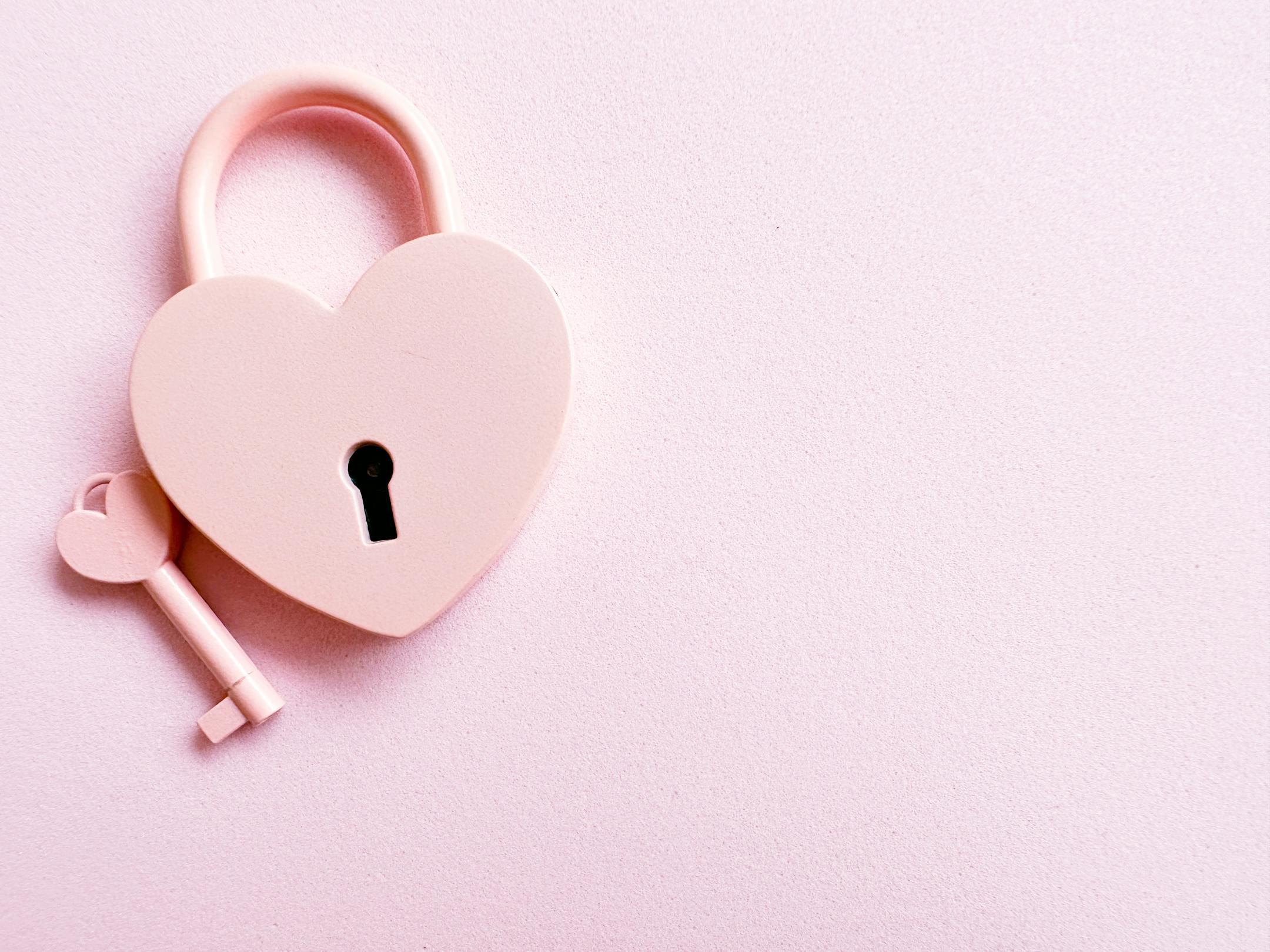
Our earliest relationships—especially with caregivers—shape the way we learn to trust, connect, and seek closeness with others. Psychologists call this attachment theory, first introduced by John Bowlby and later expanded by Mary Ainsworth. While our attachment style forms in childhood, it continues to influence how we navigate intimacy, conflict, and emotional safety in adulthood (Bowlby, 1988).
The good news? Attachment isn’t fixed. With awareness, healing, and healthy relationships, you can shift toward more secure connections.
People with secure attachment tend to feel comfortable with intimacy and independence. They trust others, communicate openly, and manage conflict with resilience. About 50–60% of adults fall into this category (Mikulincer & Shaver, 2016).
Common traits:
Those with an anxious attachment style often worry about being abandoned or unloved. They may crave reassurance and fear rejection, leading to heightened sensitivity in relationships.
Common traits:
Research shows that anxious attachment is linked to higher levels of rejection sensitivity and emotional reactivity (Shaver & Mikulincer, 2002).
Avoidantly attached individuals often value independence over closeness. They may struggle with vulnerability and minimize the importance of emotional needs.
Common traits:
Studies show avoidant attachment is associated with suppressing emotions and withdrawing during conflict (Fraley & Shaver, 2000).
This style often develops from inconsistent or traumatic early caregiving. It combines elements of both anxious and avoidant attachment, creating a push-pull dynamic in relationships.
Common traits:
Research links disorganized attachment to higher risks of relational instability and unresolved trauma (Liotti, 2004).
Awareness is the first step toward growth. Knowing your attachment style can:
And importantly—it reminds you that your attachment style is not a life sentence. Through therapy, coaching, and supportive relationships, many people shift toward a more secure style over time (Mikulincer & Shaver, 2016).
Curious about your attachment style? You can take a free, 5 minute research-based quiz here: Attachment Style Quiz – The Attachment Project
Attachment theory offers a powerful lens for understanding yourself and your relationships. Whether you lean anxious, avoidant, disorganized, or secure, your attachment style is a reflection of past experiences—not your worth. With self-awareness and healing, it’s possible to move toward relationships that feel safe, supportive, and fulfilling.
At Crescent Counseling & Coaching, we help individuals and couples explore attachment patterns, heal relational wounds, and build secure connections rooted in trust and respect.
______
If you’re ready to break patterns, build clarity, and feel seen— Book a free 15-minute consultation or schedule your first session today!